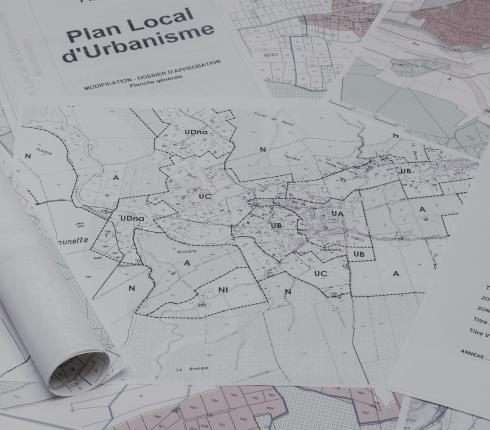The disruption claim: Legal uncertainty on the threshold of clarification?
Niels Schiersing, Dr.jur., highlights the court of arbitration’s tradition of broad and often vaguely reasoned discretion in awarding disruption claims in his doctoral dissertation from January 2024.

This practice contributes to a lack of clarity regarding the concept's definition and evidentiary requirements. Based on a consistency axiom in contract law, Schiersing argues that clarification can be found in, among other sources, American and Norwegian law. He proposes a hierarchical model for calculating productivity losses, starting with a comparison between disrupted and undisturbed production, known as the Measured Mile method.
Disruption is neither delay nor forcing
Inspired by U.S. federal case law, Schiersing defines disruption as:
“External events or circumstances for which the contractor is not responsible to the client and does not bear the risk, and which negatively and measurably affect the contractor’s productivity concerning a specific part of or the entire performance.”
Thus, the disruption claim is tied to the requirement of reduced productivity and is thereby finally distinguished from the concepts of delay and force, which concern the increase in production.
Standard of evidence based on direct measurements
A disruption claim must be proven through measurably reduced productivity. Drawing on Norwegian and U.S. federal law, the evidence should primarily be based on direct productivity measurements using the Measured Mile method, followed by the Baseline Productivity variant, and finally Earned Value.
In simple terms, these methods can be explained as follows:
- Measured Mile: Comparing productivity during the disrupted period with production during a relevant reference period with minimal or no disruption.
- Baseline Productivity: If this comparison is not possible, an estimate is made based on optimal productivity that could have been achieved.
- Earned Value: If neither is feasible, the comparison should be based on budgeted productivity versus actual realized productivity.
Schiersing's dissertation further explains these methods and their limitations. It is important to note that specific circumstances may render these models unsuitable or irrelevant. For example, the Measured Mile method requires periods where production has not been affected, which is not always the case.
Finally, Schiersing points out that the broad and unchallengeable discretion traditionally exercised should be limited in practice, and a claim without sufficient evidence should, as a rule, be dismissed. The proposed methodology has substantial merits, as it creates greater predictability for construction parties and can help reduce the number of disputes. This contrasts with the Arbitration Board’s tradition of making decisions based on a “global” approach.
Given the recent trend in handling delay claims, where global claims are rarely upheld - at least not to full effect - there are good reasons to believe this method will be adopted in practice. However, the method will likely be modified so that traditional global claims may be accommodated to a limited extent.
Our recommendationS
We recommend that both contractors and clients prepare to assess and calculate their claims according to this new standard.
If you have any questions, feel free to contact NJORD's construction team for advice. We have extensive experience working on international construction projects, including preparing productivity loss claims based on U.S. and international standards. We can help ensure that the right foundation for your claim is effectively established and advise on how to avoid common pitfalls.
We also expect to examine Design Interference soon. Danish construction law literature traditionally focuses on AB 18, and as a result, there has been little written about this practically relevant issue for turnkey contracts.



































